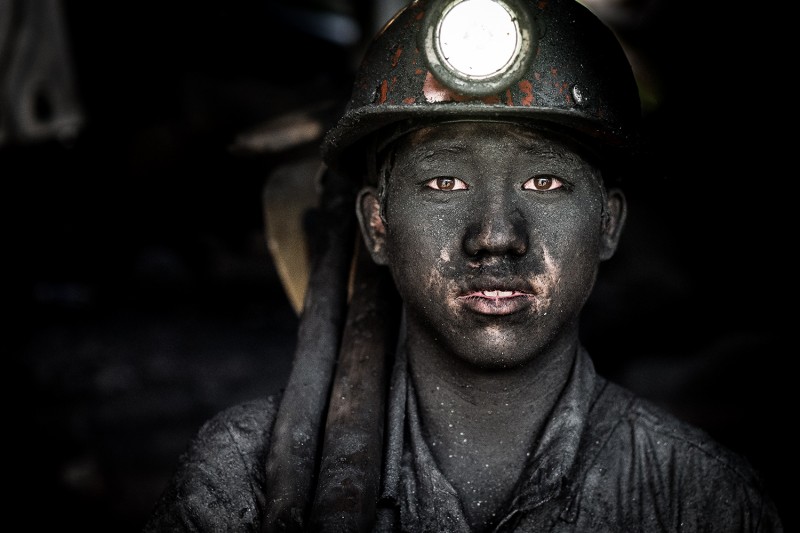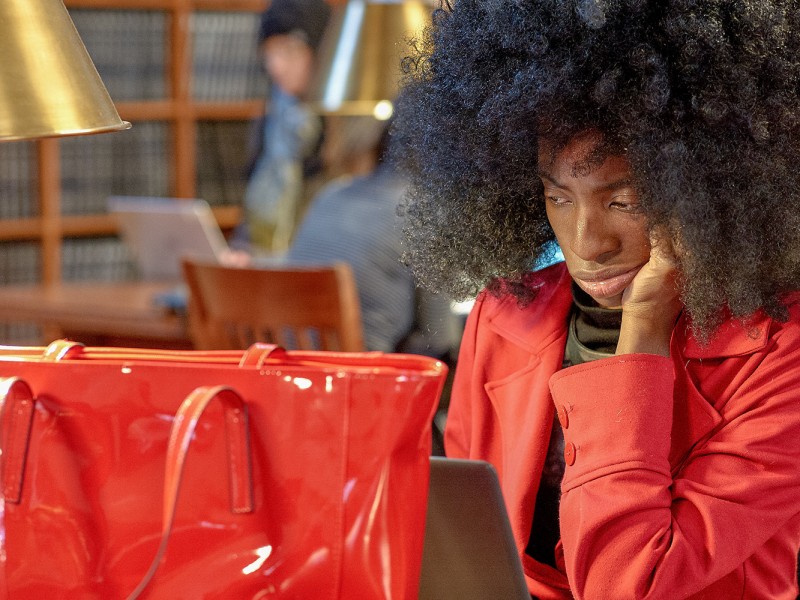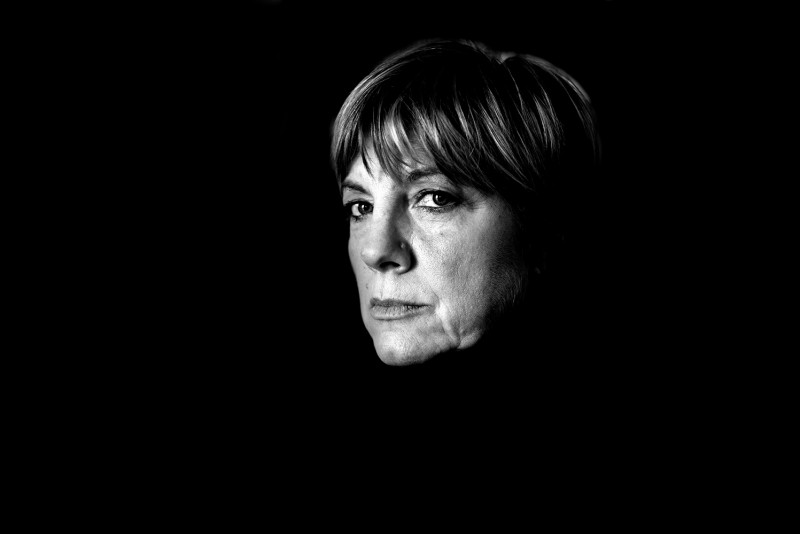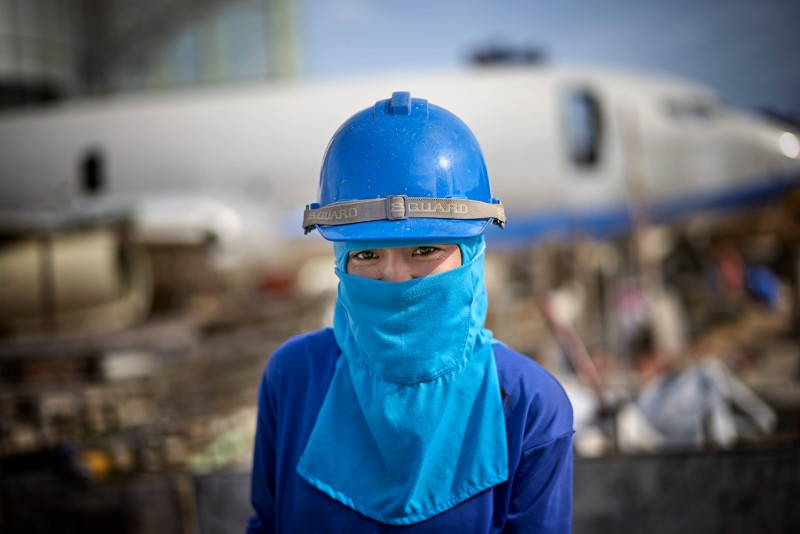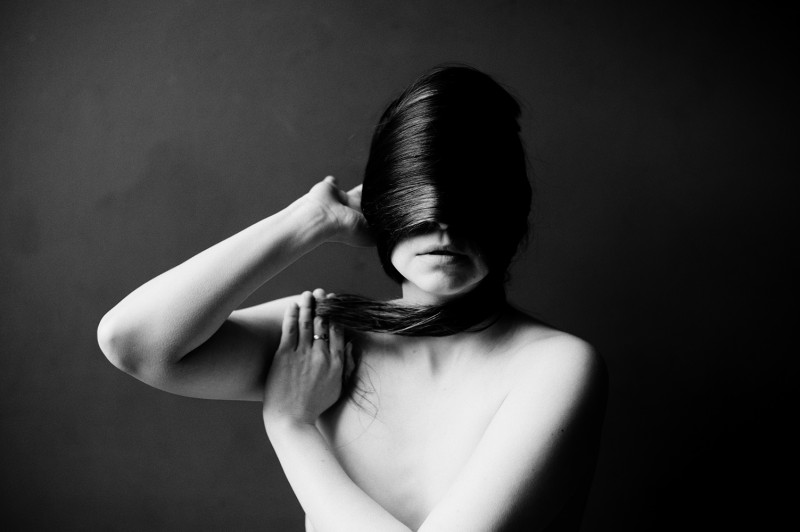The portrait – the royal discipline of photography: an image that brings us closer to someone, no matter where in the world it is taken. In our new Lightbox blog, we are presenting five very different portraits, taken by LFI.Gallery photographers from Vietnam, Germany, Italy, Thailand and the USA.
“A portrait! What could be more simple and more complex, more obvious and more profound,” French author Charles Baudelaire realised in 1859. Classically speaking, a portrait presents a bust of a person; in other words, head, neck, shoulders and chest to the top part of the arm. It is considered a half-close shot.
In a medium-close shot you can see more of the individual’s clothing and surroundings, and so the person’s impact on the environment becomes more obvious. If the background has a relationship to the person shown, then the picture can clarify further aspects about the life of the individual portrayed: a working place where they spend a lot of their time; their home; carrying out a favourite activity; or among family members.
If the portrait frames just the face of a person, so that the viewer sees only their head, then it is referred to as a close-up. In such depictions, the features of a person's face are at the forefront. Close-up pictures often have a neutral backdrop and are frequently taken in a studio. The degree of accuracy of the detail in a close-up portrait reveals the quality of the equipment in use.
Even when virtually no background is visible in a close-up, it is sometimes still possible to place the setting in relationship to the person portrayed. For instance, if the person works in a profession or activity that leaves traces on the face, then it is possible to say something indirectly about the photographic subject’s environment.
The more aspects and stories concerning a person's life that are reflected in a portrait, the more impressive and deeper it will be. It begins to speak.
Of course, there are also portraits that deliberately distance themselves from the usual intention of a portrait. In these cases, the refusal of (facial) information makes a statement about someone’s unconventionality, stubbornness or simple individualism. It is precisely because certain facial features are withheld that a portrait emerges that is open to the imagination. (Olaf Staaben)
